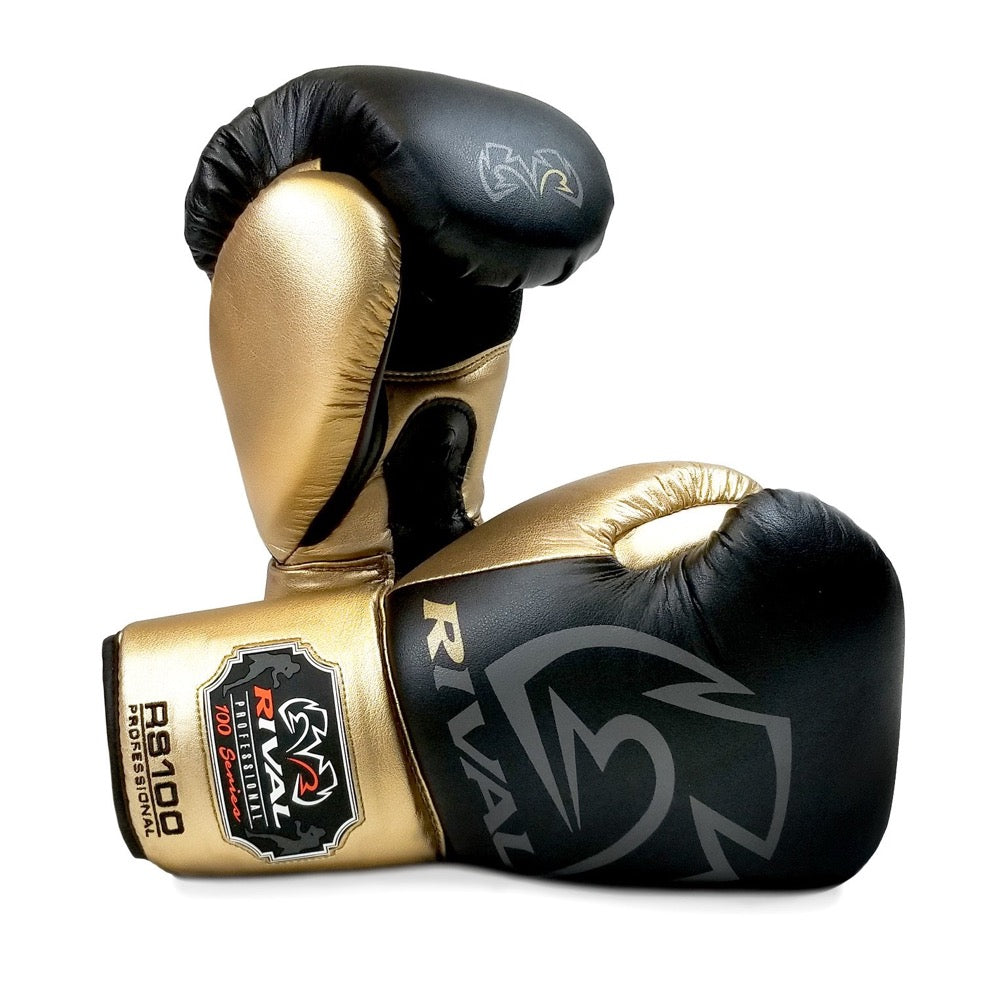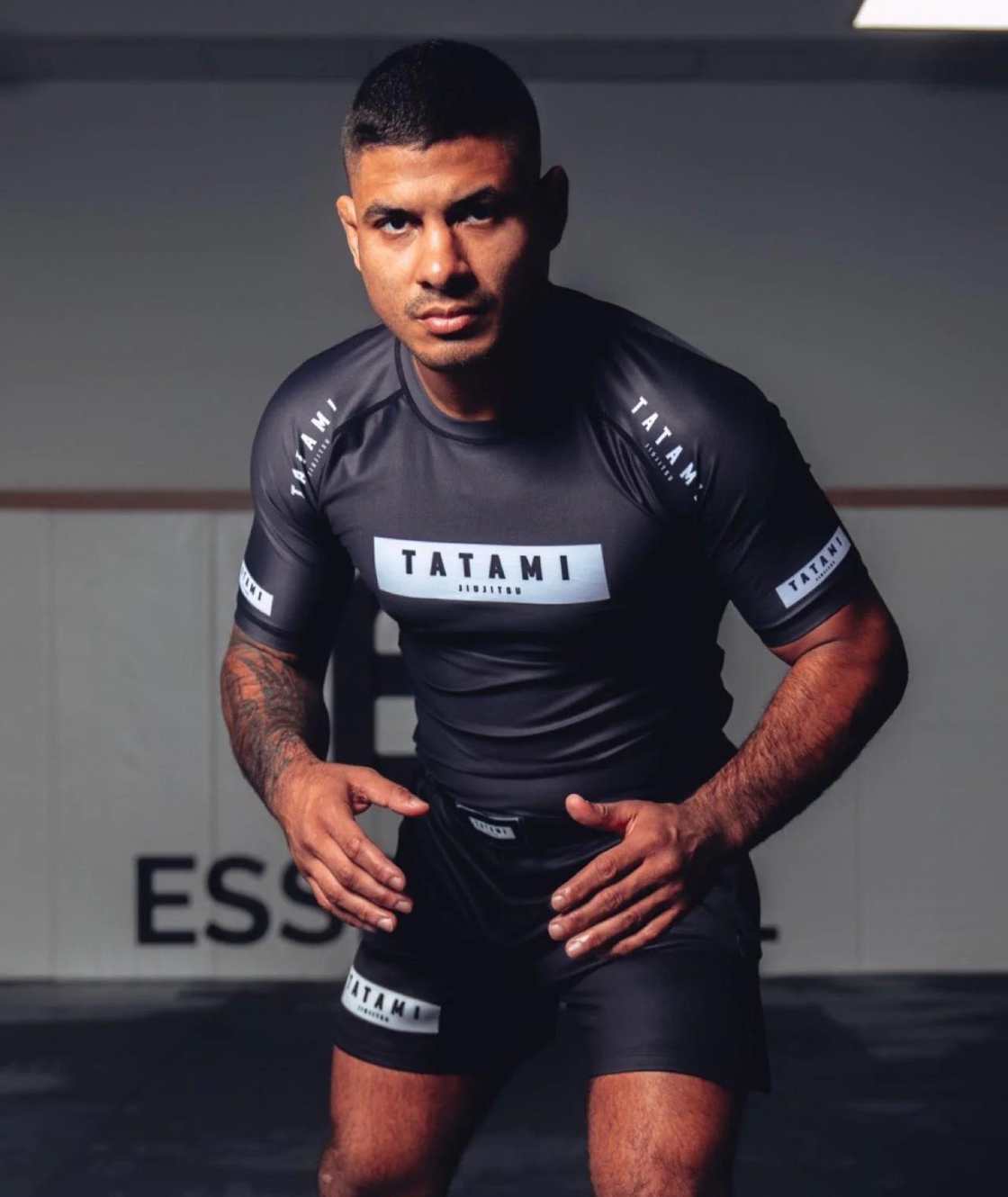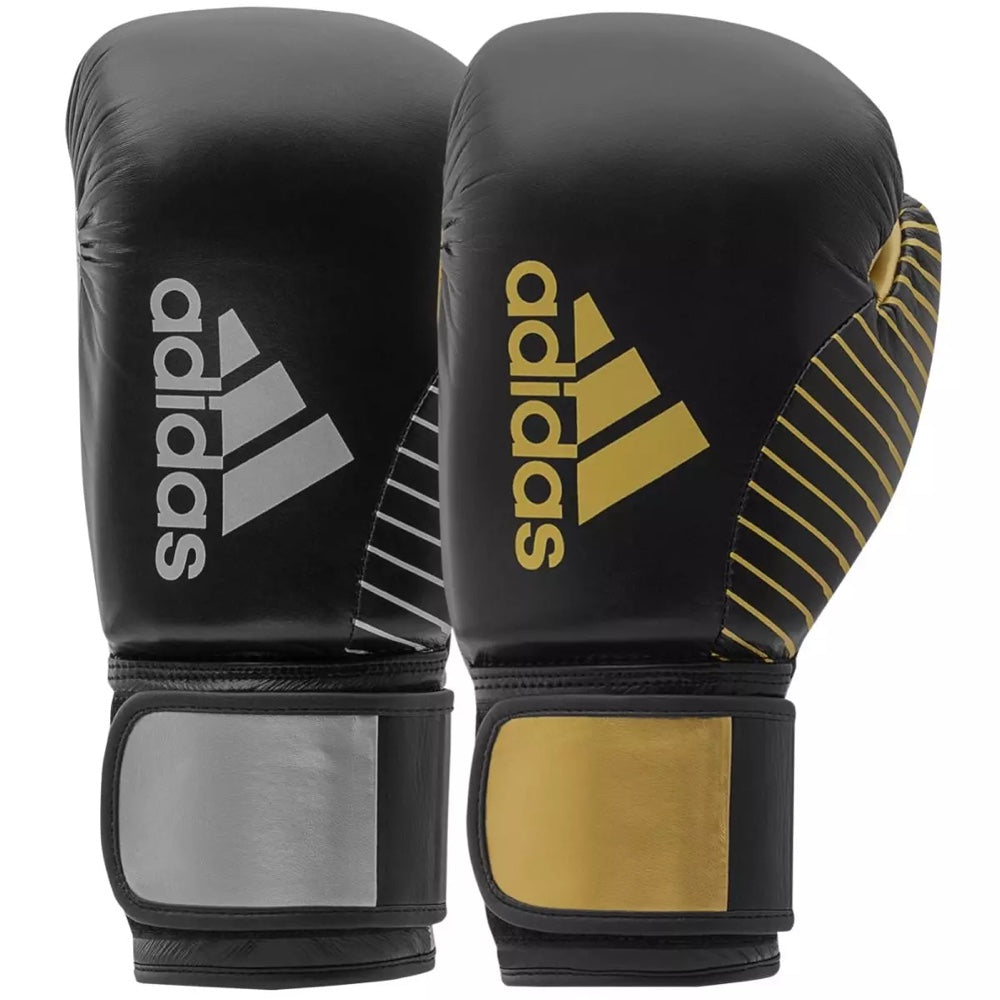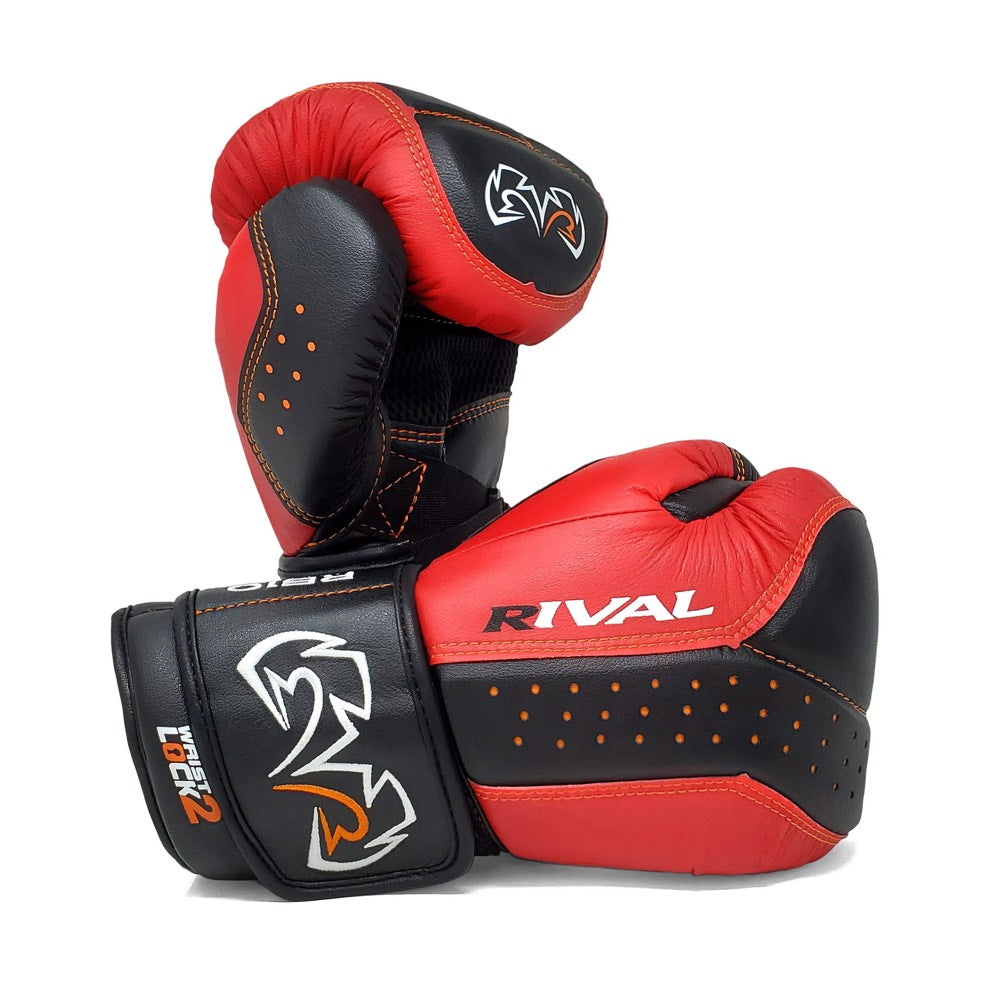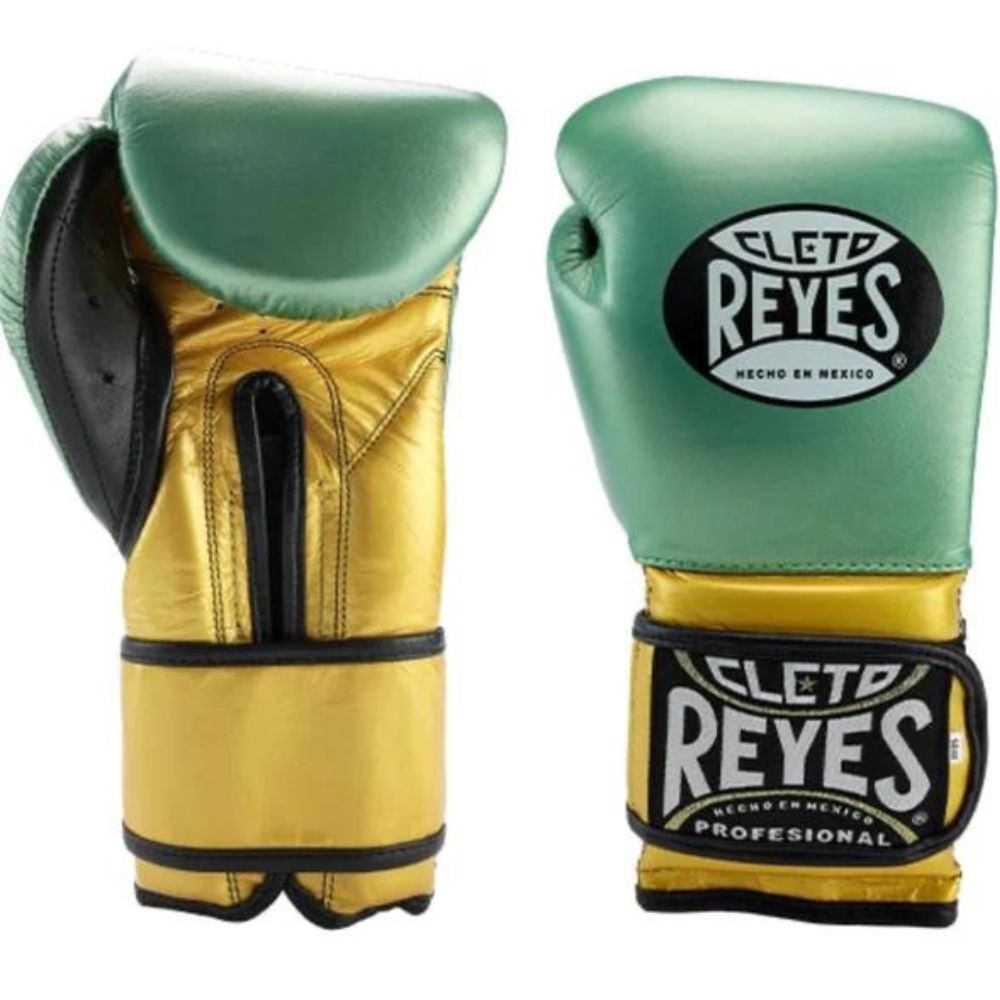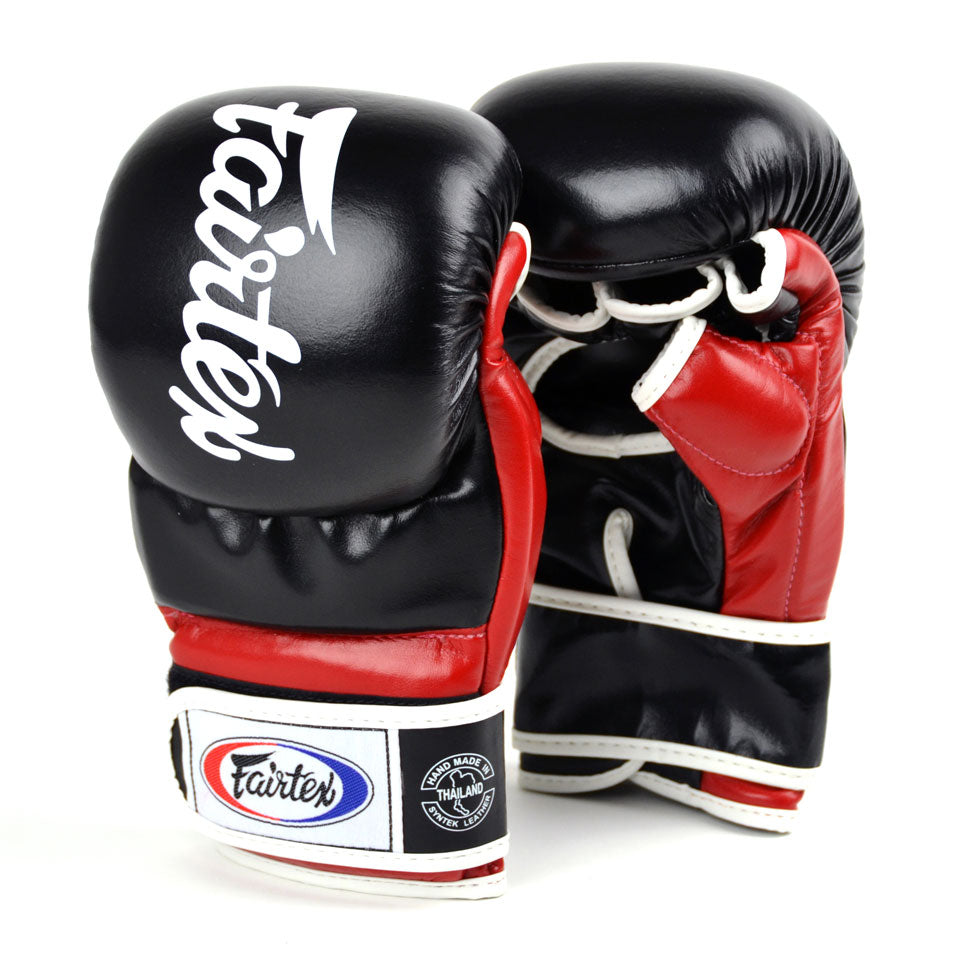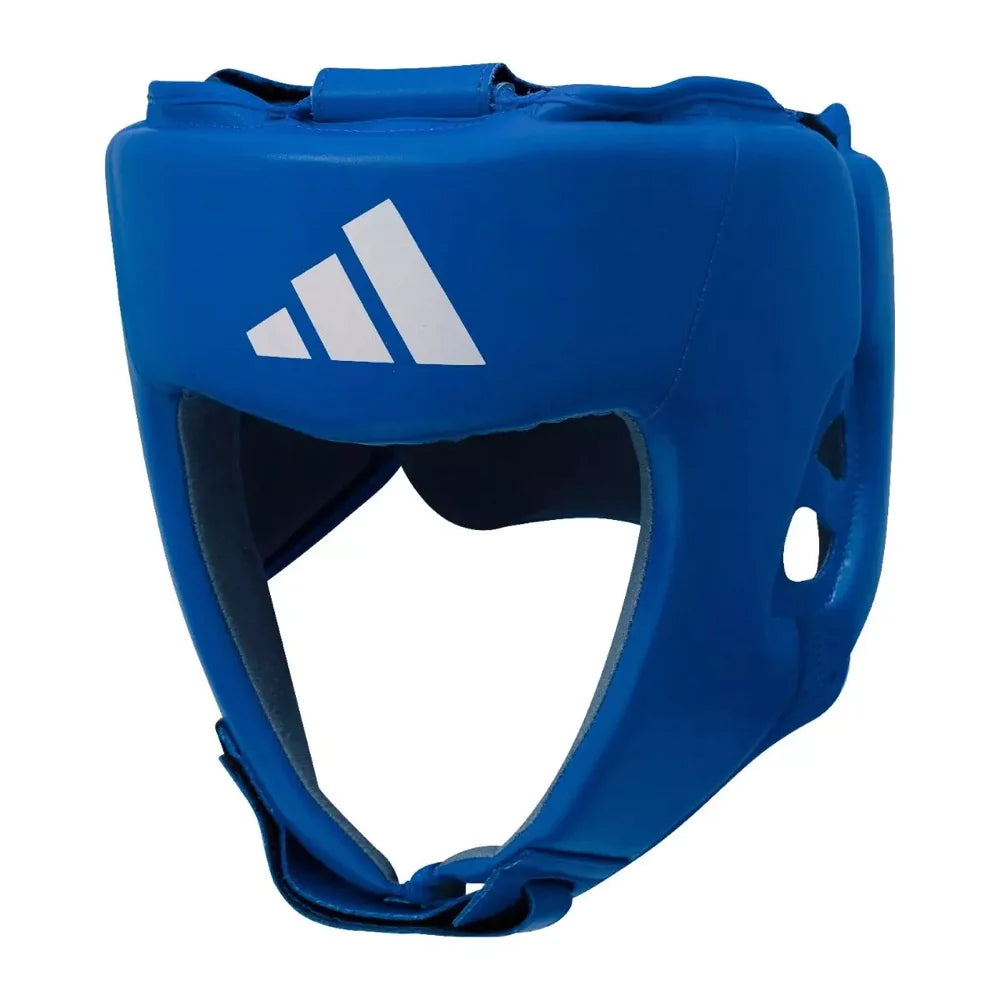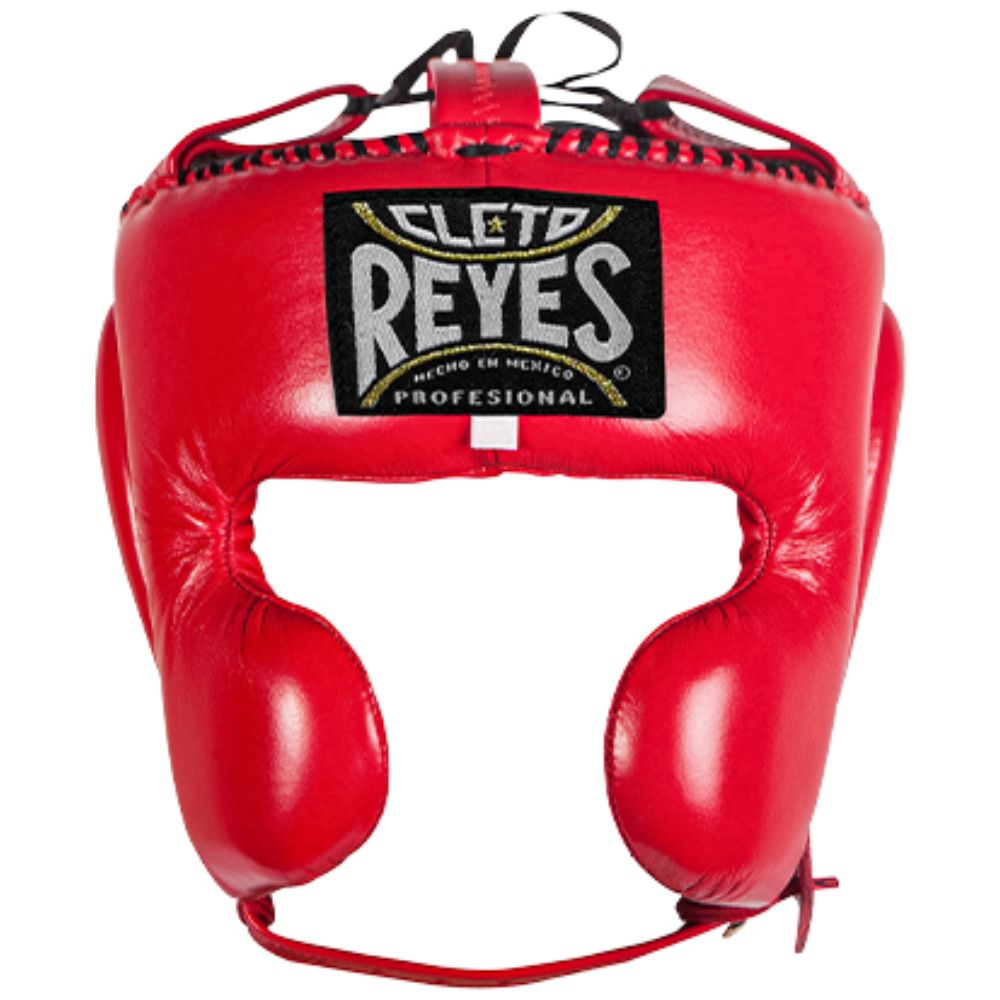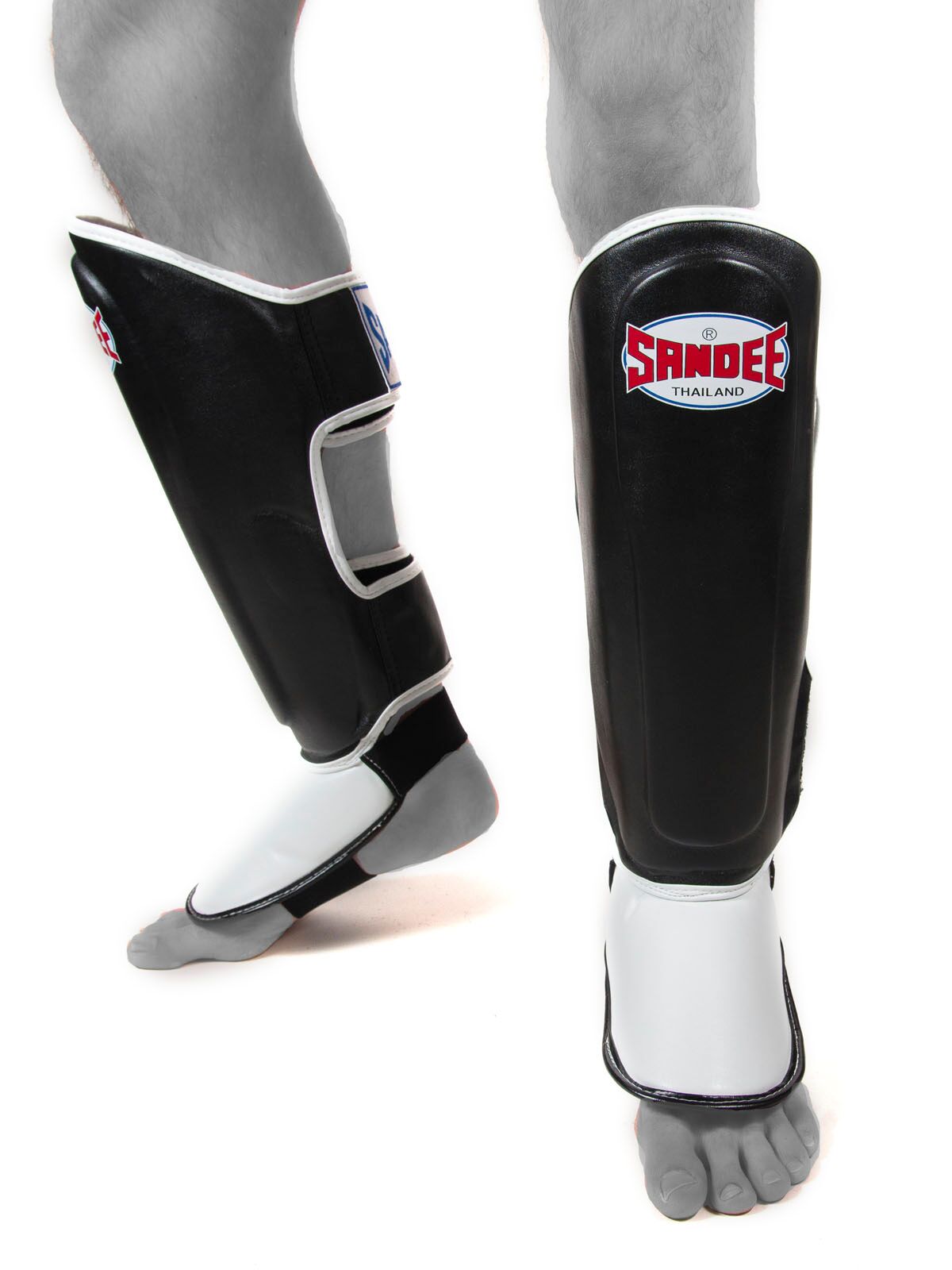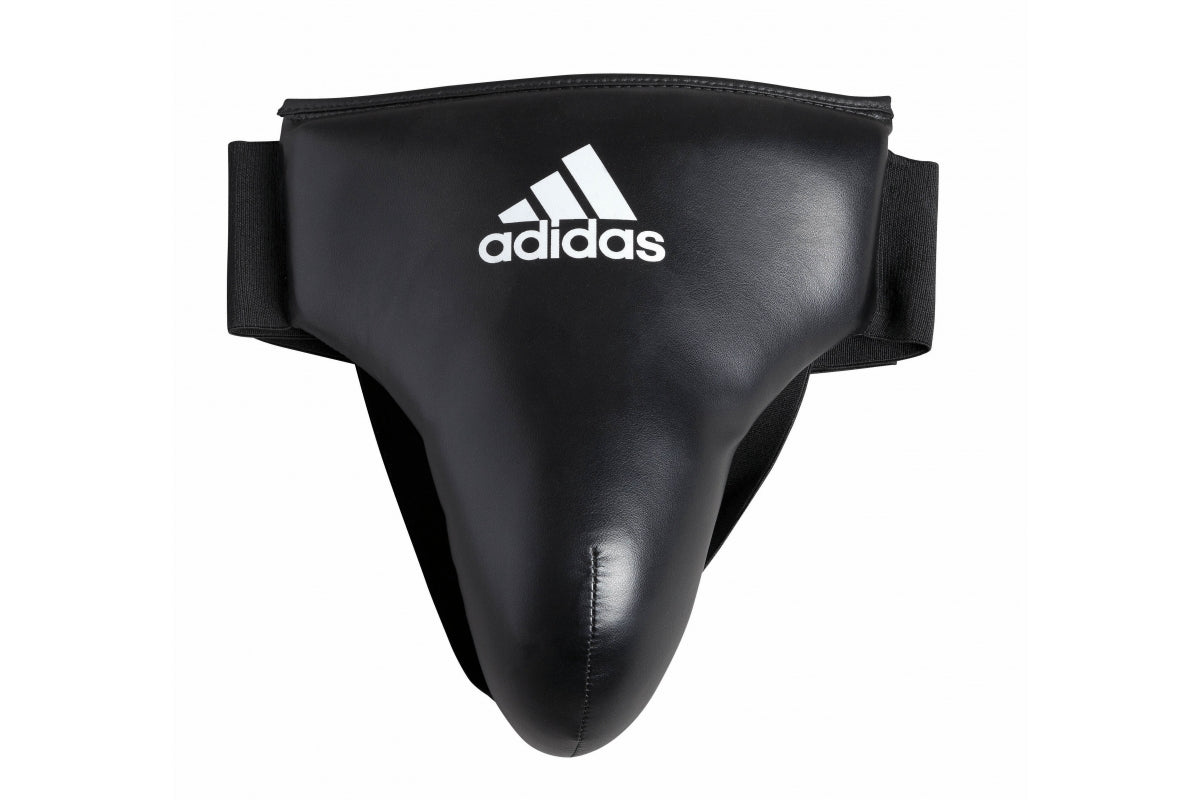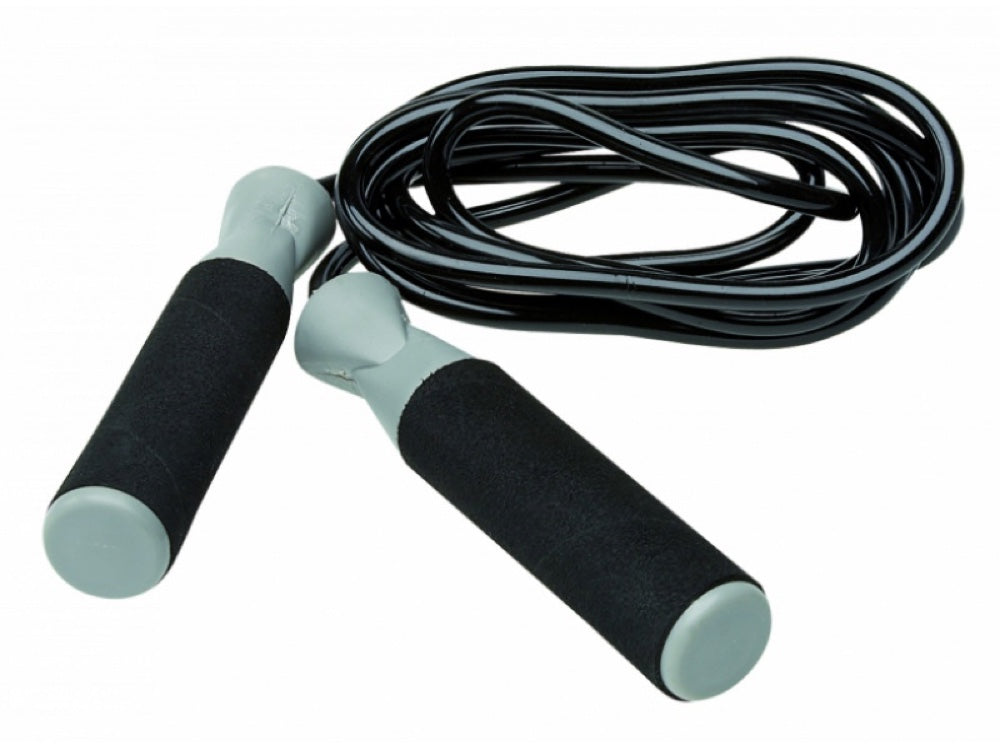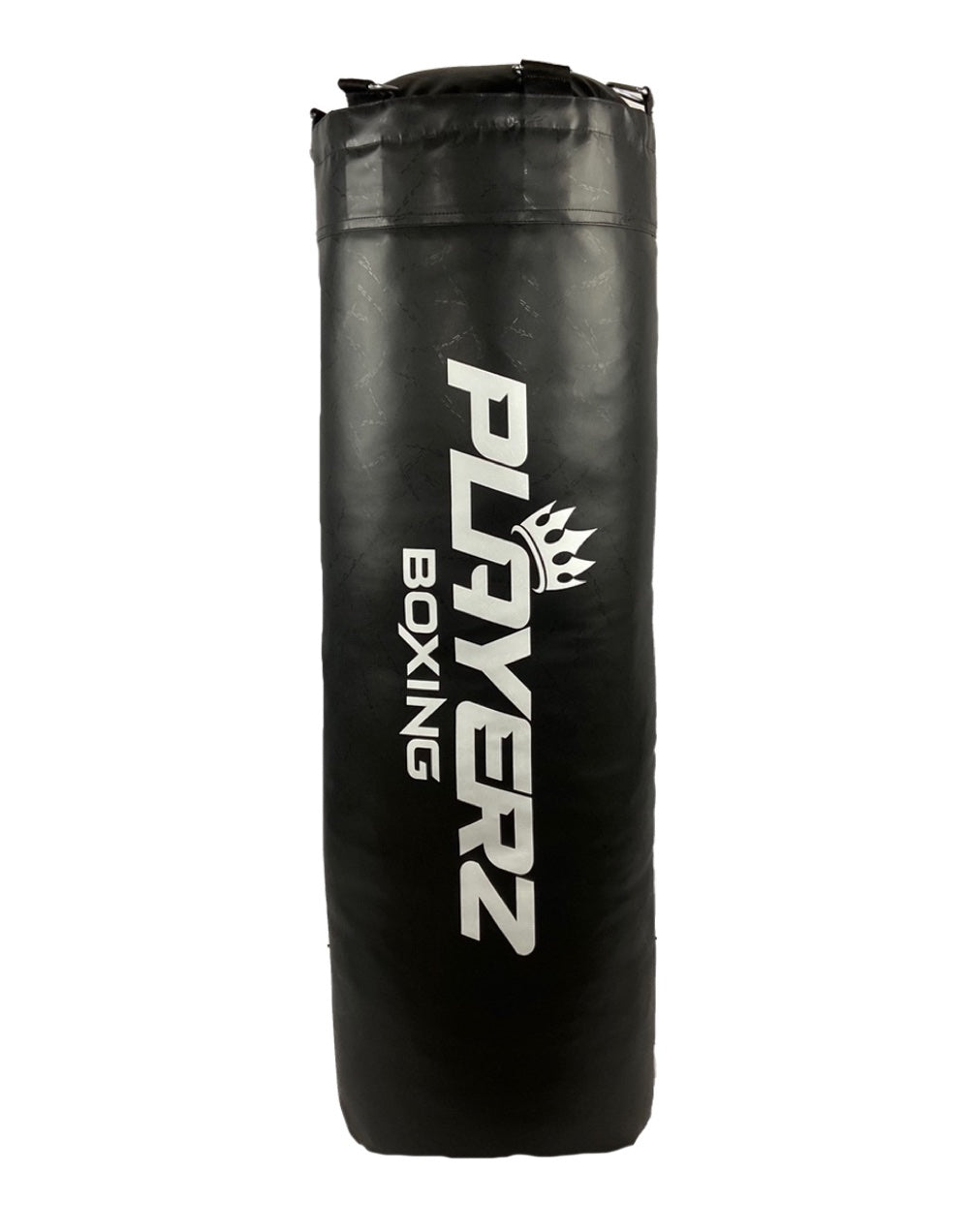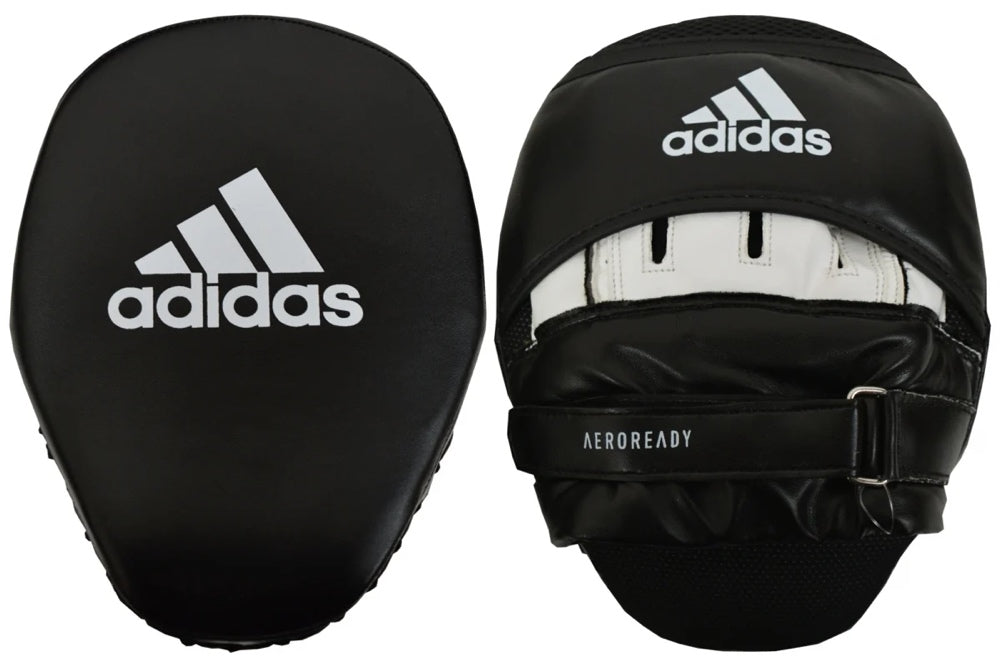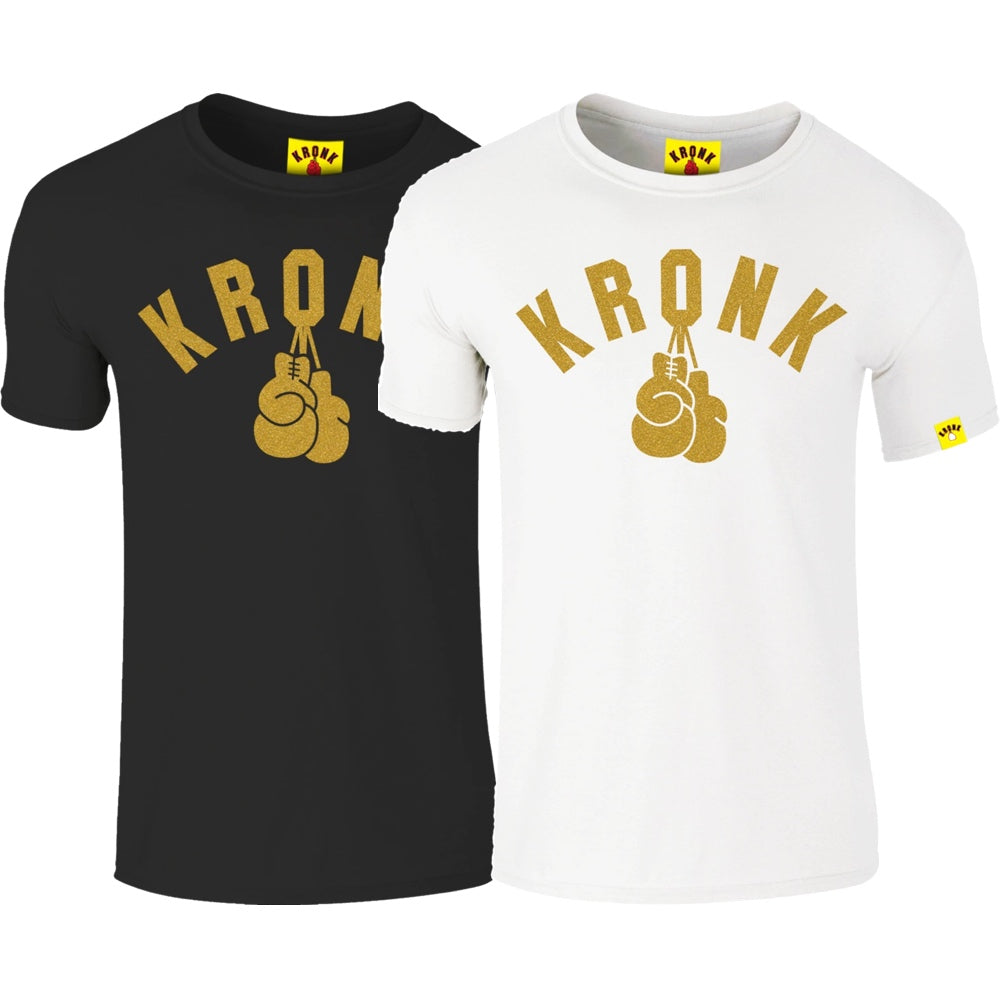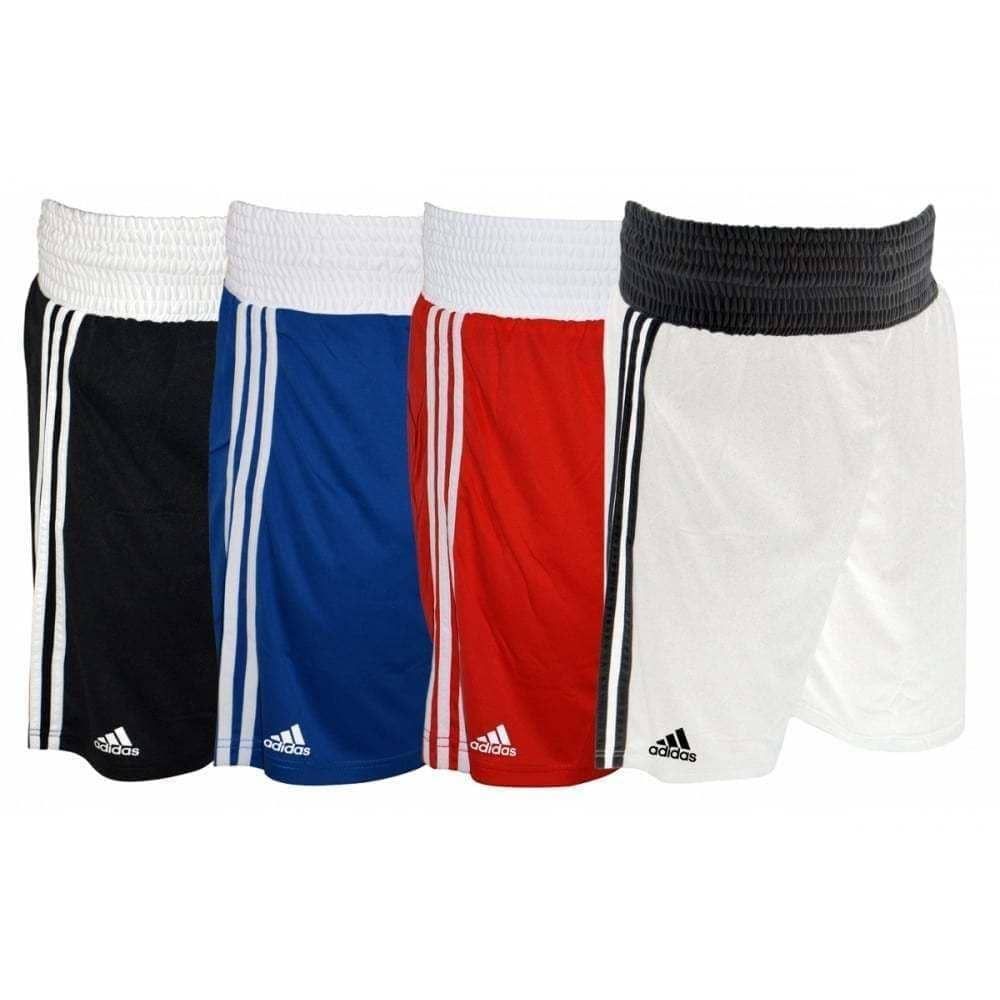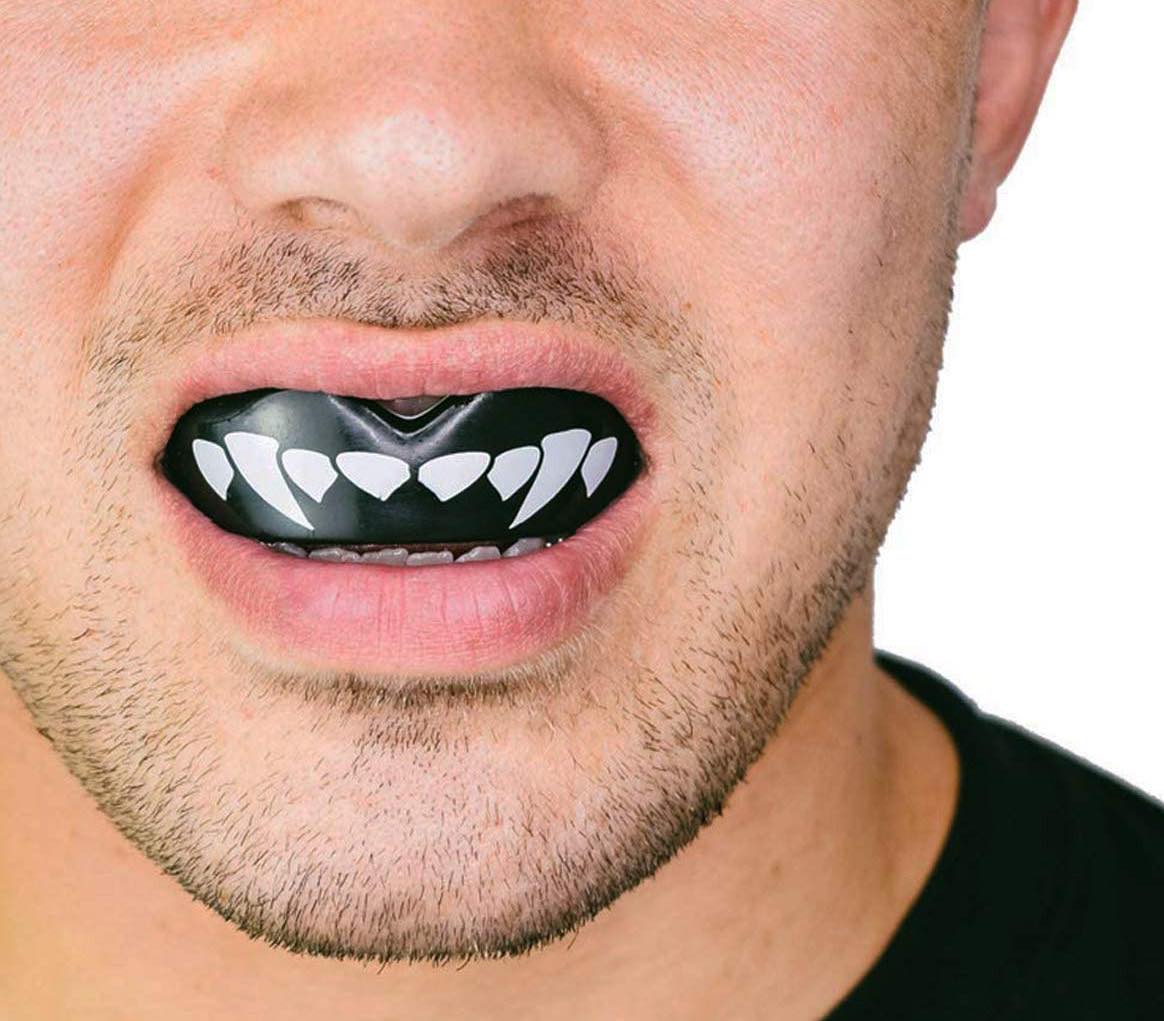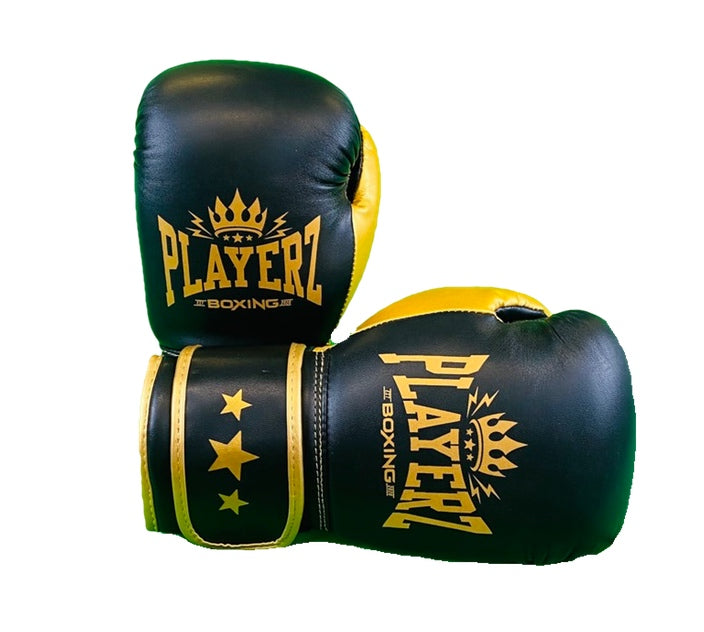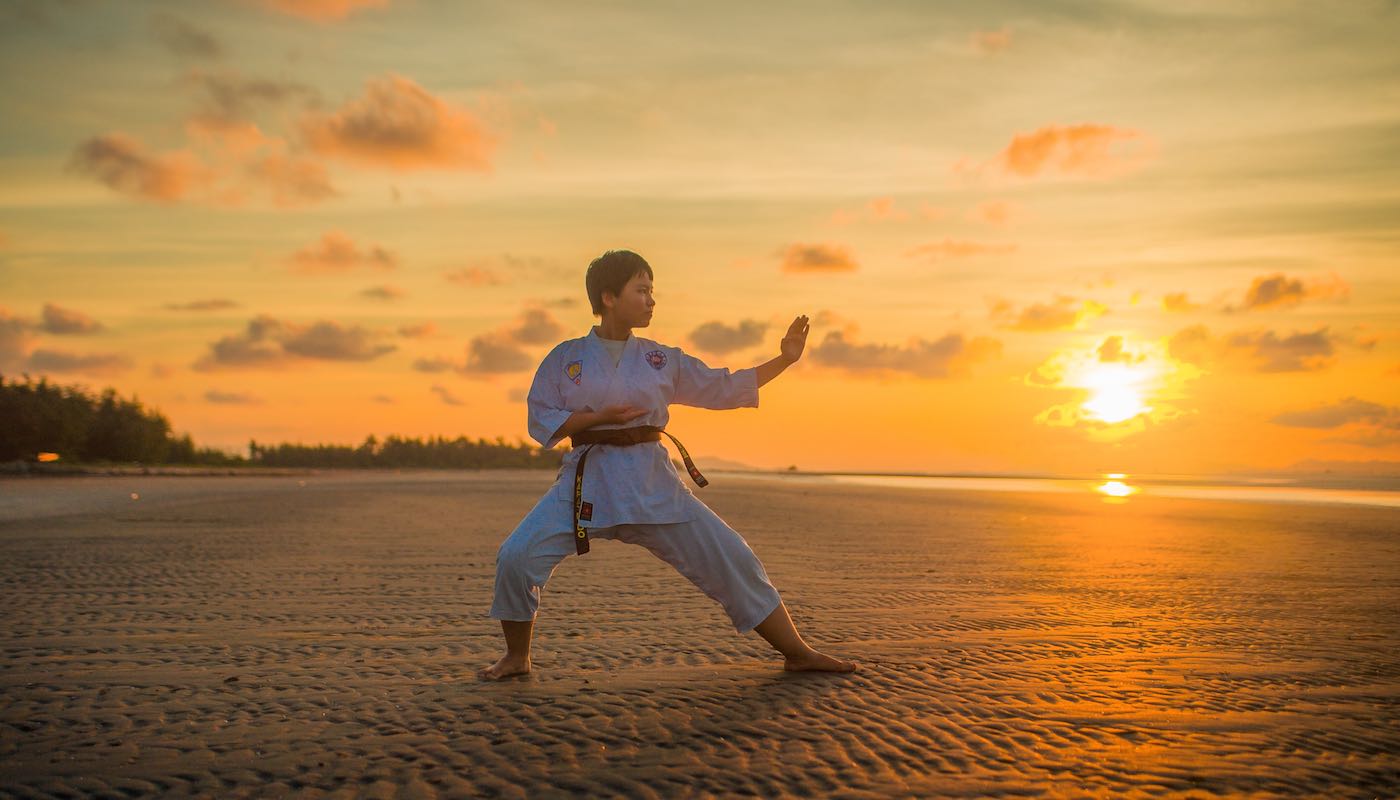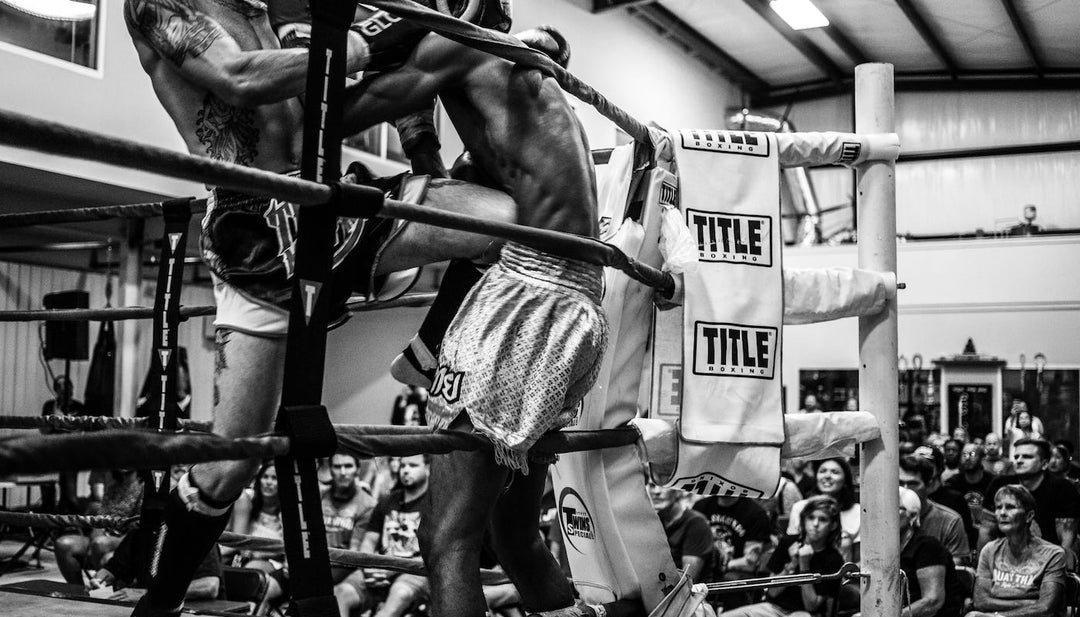The name Karate means ‘empty hands.’ Some people say that Karate began in Japan. It’s a popular conception, and certain Japan played a strong part in the popularising of the modern discipline, but the truth is that the roots of Karate originated in India, with a sixth century Buddhist monk called Bohidharma. His idea was to teach the monks strength and fitness in unarmed combat.
Meanwhile in China, the inhabitants of the Ryukyu islands were developing their own self-defence discipline, called Te. As trade links with China were forged and developing, the movement of people across the borders caused an integration between the different martial arts techniques in China and the island territory. Each of the separate disciplines had a particular emphasis - such as strength, and speed of reaction. Brought together into one approach the combined techniques were increasingly powerful.
Around this time, a Japanese invasion led to a ban lasting a few hundred years being imposed, on the use of weapons in the Ryukyu islands. (It was designed to keep the inhabitants under Japanese control.) The ban continued until the late 1800s, and it drove martial arts underground. But the continued trading and integration between the cultures helped to bring together the fighting styles of wealthy traders in both locations, such that a combined martial arts discipline emerged. It was known as Shorin-ryu.
In the course of this storyline, you may have heard of the so-called Grandfather of Karate, Ankoh Itosu. He was responsible to creating a martial art that was accessible to everyday people. One of his students, ‘Gichin Funokashi’ brought Karate to public attention in Japan, and the rest is history.
Interested in finding out more about karate for yourself? Looking for a Karate gi so you can go for some training? Whether you’re looking for a Japanese cut Karate gi, a European cut one, or just a white Karate gi, have a look at our online store. We’re always enthusiastic about helping people get involved in Karate.



